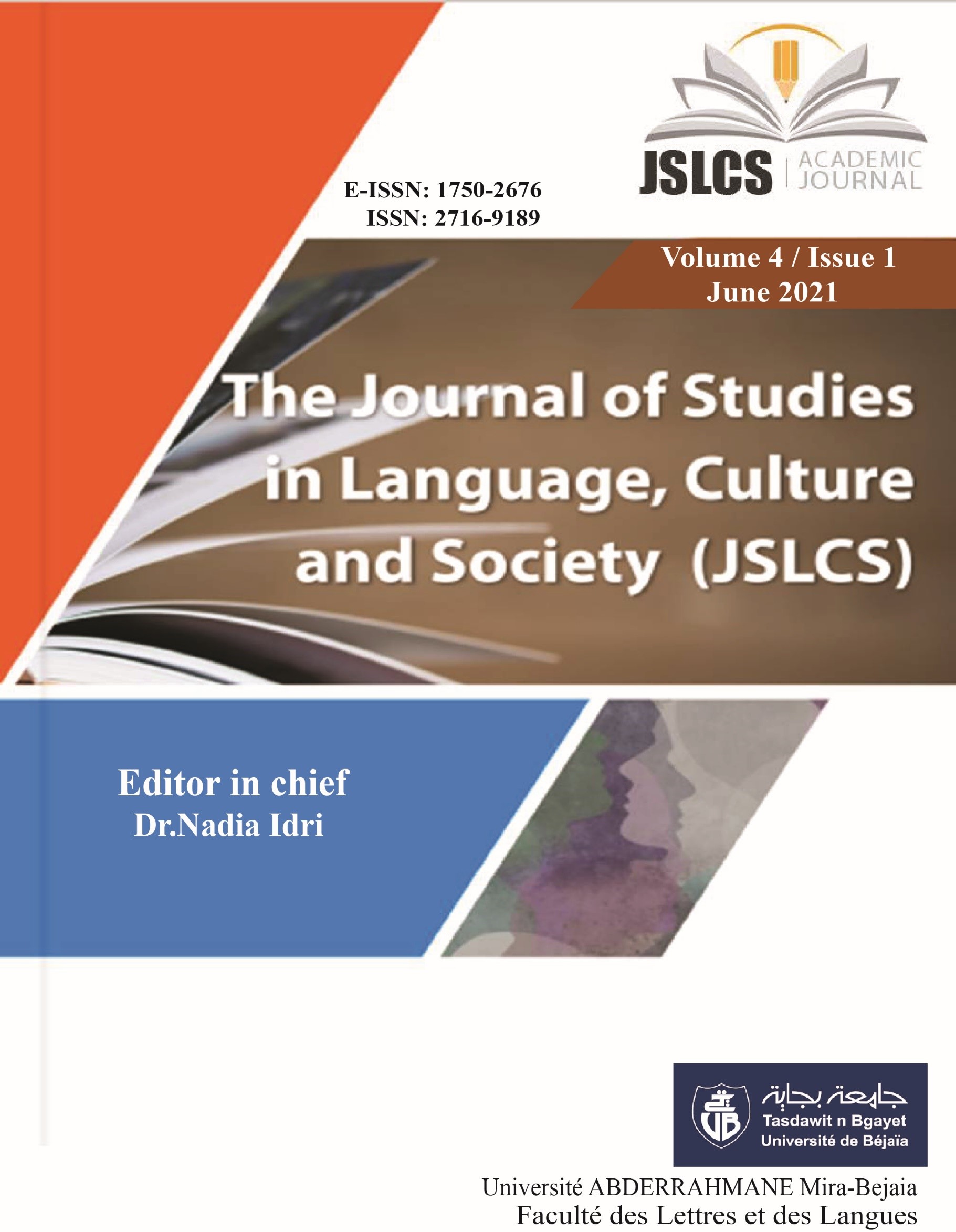The Socio-culturel And Linguistics Significance Of Fe'efe'e Women's Song Performance: The Case Of Ko Cak Fhʉ̄ Ndak Hɑ̄
Keywords:
devices, discourse, language, inguistic, ngwe, performance, womenAbstract
This paper attempts to shed light on how women use figurative language through songs and dances in the Fe’efe’e traditional community to speak out their cries and yearnings. With the example of the ngwe song and dance named Ko cak fhʉ̄ ndak, we demonstrate through ethnography of communication and speech act theories that since time immemorial, in Africa, in order to maintain social harmony and stability, women have been using strategies to express their thoughts in public in contrary to what views from outside and from the West have been stating. The ngwe is a perfect illustration of women’s potency in the African society. This ngwe has been in Fe’efe’e women’s hands a strong weapon to curse, praise and criticise the shortcomings of their society through the use of vivid and rhetorical or poetic language known as stylistic devices. The ‘ngwe’ song used for illustration expresses the pragmatic use of language as it is geared toward performative acts aiming at influencing the audience or the listeners.
References
Achebe, C. (1995). Things fall apart. Everyman‘s Library, USA.
Austin, J. L. (1975). How to do things with words (2nd ed.). Oxford University Press.
Azuonye, C. (1992). Power and powerlessness of women in west African orality . In Granqvist R., & Nnadozi InyamaUmeå (Eds.), Papers in English. Printing Office of Umeå University No15. 14, UMEÅ.
Cheick Amidou, K. (1961). Aventure ambiguë. Julliard. Chap IV, 49-58.
Finnegan, Ruth. (1990. What is orality-if nything?. Byzantine and Modern Greek Studies,14, 130-149.
Finnegan, R. (1978). Oral literature in Africa. Oxford University Press.
Gumperz, J. (1982a). Discourse strategies. Cambridge University Press.
-------------- .(1982b). Language and social identity. Cambridge University Press.
Habermas, J. (1987). éorie e l’ gir communicationnel. (vol. 2.). Seuil.
Hymes, D. (1976). Foundations in sociolinguistics: An ethnographic approach. (8th ed.). University of Pennsylvania Press
Lakoff, R. T. (1975). L ngu ge n women’s pl e. Harper.
Mutia, B. J. (2003). Stylistic patterns in oral literature: the form and structure of Bakweri dirges. Nordic Journal of African Studies, 12(3), 387–406.
Nketia, J. H. Kwabena. (1955). Funeral dirges of the Akan people. Achimota.
Okpewho, I. (1992). African oral literature. Indiana University Press.
Tadadjeu, M., & Sadembouo, E. (1984). General alphabet of Cameroon languages. PROPELCA series, Yaoundé, CLA.
Turner, N. (2011). Scatological license: The case of ribald references and sexual insults in the amaculo omgongo (puberty song). South African Journal of African Languages, 31(2), 203-210.
Yaguello, M. (2002). Les mots et les femmes :Ess i ’ ppro e-linguistique. Petite bibliothèque : Payot.








